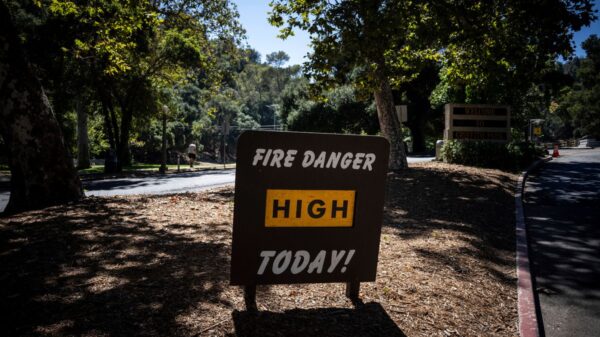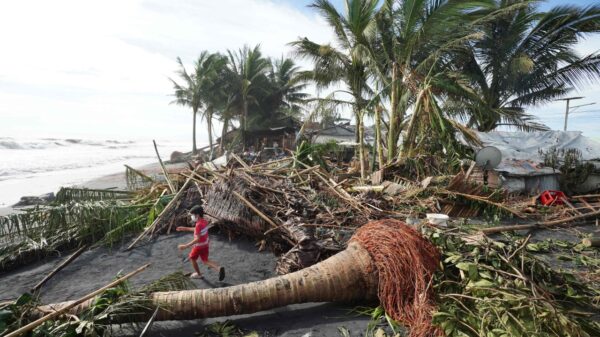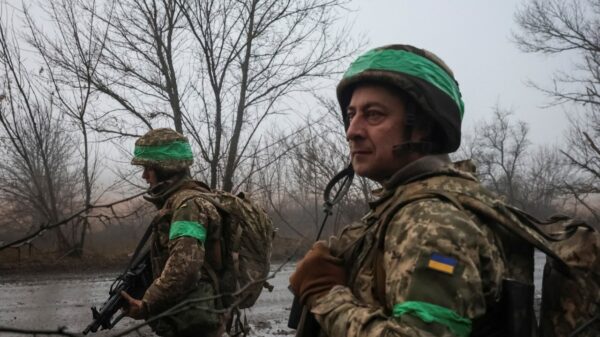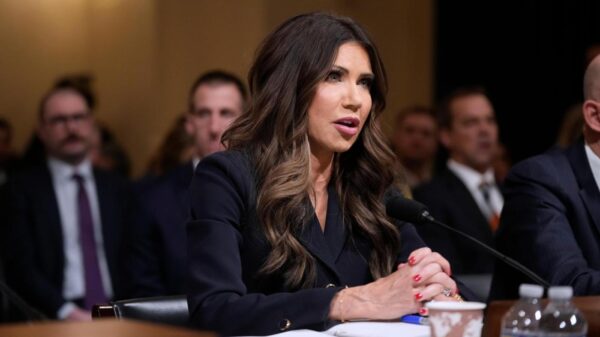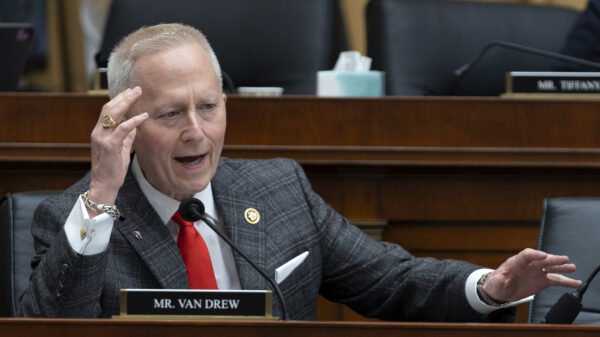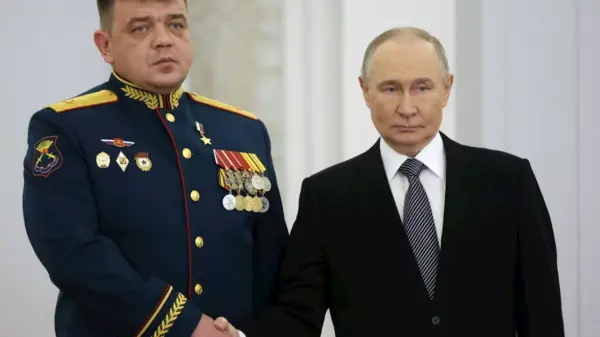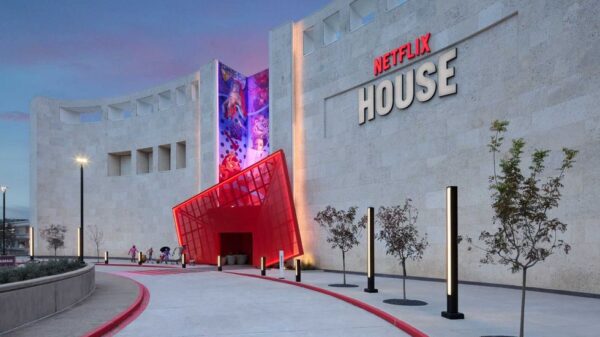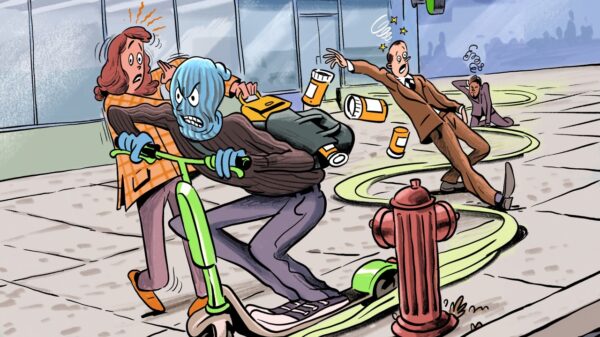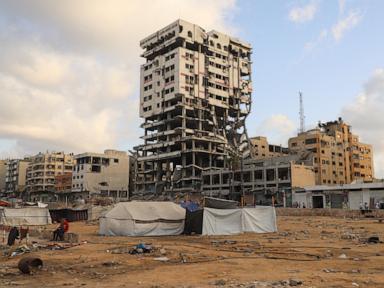UPDATE: The Israel-Hamas conflict enters a critical phase as peace negotiations are set to take place, just ahead of the war’s second anniversary on October 7, 2025. With more than 67,139 deaths reported in Gaza, the urgency for resolution intensifies amid ongoing violence.
As Israel prepares for intensified military action, the Israel Defense Forces (IDF) issued a warning on September 22, 2025, targeting the al-Kawthar Tower in Gaza City, citing the presence of Hamas infrastructure. By midday, an Israeli airstrike had leveled the building, highlighting the devastating impact of two years of relentless warfare. Prime Minister Benjamin Netanyahu reaffirmed Israel’s commitment to dismantling Hamas, stating, “We are changing the face of the Middle East together.”
The humanitarian crisis deepens, with reports indicating that 51 million tons of rubble now cover Gaza, and vital infrastructure like hospitals and schools have been destroyed. A staggering average of 27 children have been killed each day since the conflict began, according to officials from Hamas-run health agencies.
In a bold diplomatic effort, President Donald Trump aims to mediate a peace agreement amid aspirations for a broader Middle East accord. Trump has engaged key Arab states and initiated a new peace plan that would allow Hamas leaders to exit Gaza if they disarm. Representatives from Hamas, Israel, and the U.S. are set to meet in Sharm el-Sheikh this week to further discuss a ceasefire.
Despite the ongoing military operations, which have expanded into Lebanon, Syria, and Yemen, Trump has emphasized the need for a diplomatic resolution, stating, “We must ensure the eternity of Israel.” However, the situation remains precarious, with accusations of genocide against Israel continuing to draw international scrutiny.
The United Nations has condemned the rising civilian casualties in Gaza, with their commission expressing concerns over potential genocide as conditions worsen. Human Rights Watch noted that Israel’s actions in Gaza should trigger international intervention under the Genocide Convention.
With the IDF maintaining military pressure, Netanyahu declared, “From victory to victory,” while acknowledging the difficulties of post-conflict reconstruction. The U.S. Secretary of State, Marco Rubio, highlighted the challenges ahead: “Who’s going to pay for it? And who’s going to be in charge of it?”
As the clock ticks down to the two-year mark of this brutal conflict, urgent discussions around a ceasefire and humanitarian aid are crucial. The international community watches closely as these negotiations unfold, with the hope that peace may finally emerge from the devastation.

